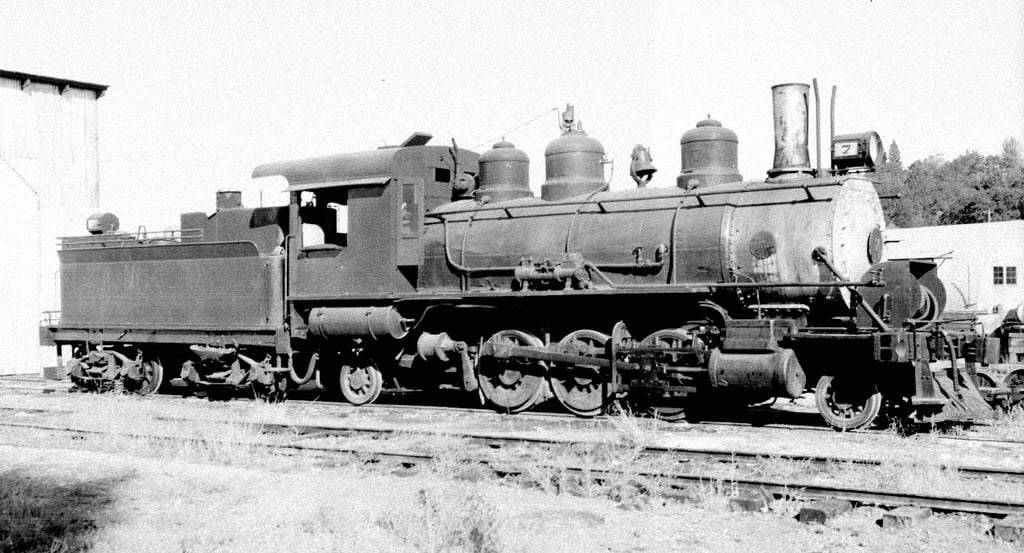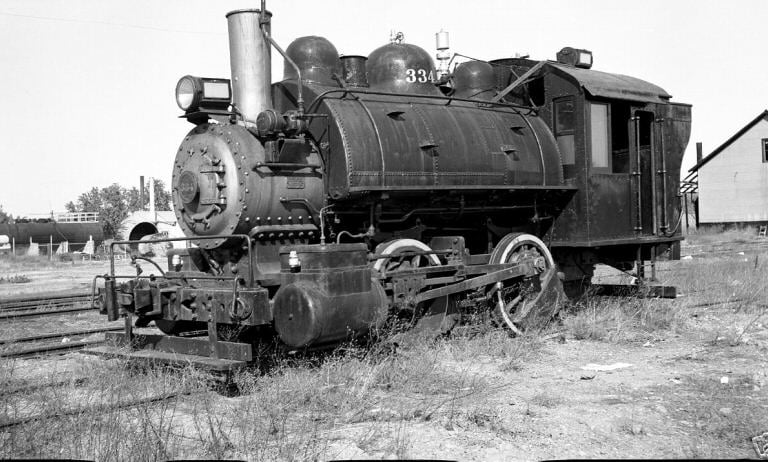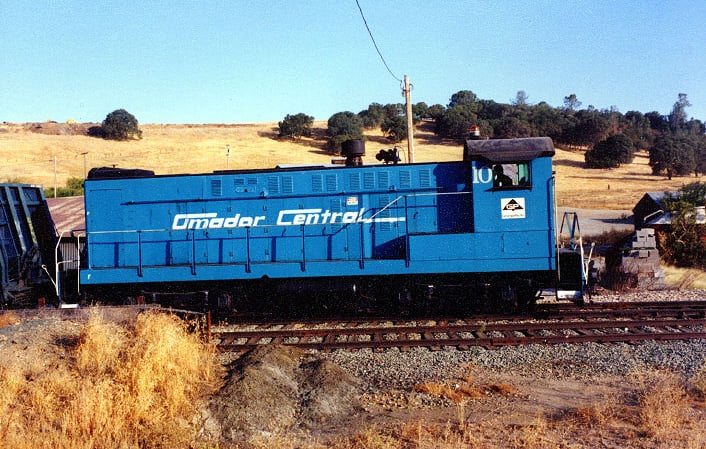More History...
Railroads became a unifying force when the Transcontinental Railroad was completed on March 10, 1869. Rail transportation became the most important form of land transportation and most communities wanted to be connected to this fast and efficient transportation network. The completion of the Ione Branch connected the City of Ione and Amador County to the Central Pacific main line in the central valley.
Jackson Dennis formed the Ione and Eastern Railway Company (I&E) in 1904 and sold bonds to finance the railroad. In August, deeds for the 100’ wide right of way were recorded with each landowner being paid $10 in gold coin for the right. In short order, grading of the rail line and construction of trestles began and laying of the rail started in early 1905.
In February of 1905, the Ione and Eastern advertised they could transport freight from Ione to Ranlett Station (just above the Newton Copper Mine). In March, the line was operating from the Ione to Martell Station. The I&E ran combined trains of freight and passengers twice a day. Amador County residents could now board a train in Martell and travel to San Francisco or to the East Coast.
The Ione and Eastern defaulted on the bonds in 1908. Charles Erickson, who held the bonds, incorporated the line as the Amador Central Railroad Company. Two years later, Charles passed and his wife, Meta Erickson took over operation of the railroad.
In the first five years the railroad was not profitable. The California Railroad Commission recommended purchase of another engine. Meta purchased another engine, and the railroad became profitable.
The Amador Central Railroad hauled freight that included clay, clay products, mining equipment, gold and copper ore, and timber products. The Amador Central Railroad brought new business and increased capacity of some existing businesses. In 1907 the Ione Fire Brick Company built a plant adjacent to the railroad and began shipping two carloads of fire brick per day. Some clay pits built spurs and loading facilities for easy shipping on the rails.
The railroad had economic challenges as well. During World War I, gold mining was considered a nonessential service and the railroad lost gold ore as a major freight product. Fortunately, copper ore and fire brick were in high demand during these years.
Some good years ensued between the end of WWI and the Great Depression. In late 1932, the Amador Central Railroad was granted permission to discontinue mixed train service, so passengers would no longer travel on this railroad. Other businesses that were freight customers were shipping less and less. In 1935 one of the trestles near Ranlett burned further limiting freight service. Two more trestles burned in 1938 costing the railroad even more. The same year, the Meta Erickson applied to abandon the line Amador Central Railroad.
businesses reorganized the line and the abandonment was suspended. A new engine and car shop were built at the Martell Station. The roadbed was also improved with most ties replaced and several trestles rebuilt. However, in 1939 two more trestles burned. New tracks were run around the areas of the burned trestles until repairs were made. The roundhouse at the Martell depot burned in late 1939. In 1940, the Amador Lumber Company built a new mill at Martell and produced more timber products to ship on the railroad. Mines were reopening and shipping about 20 carloads of ore concentrate daily.
The increased revenues from the mines were short lived. With the start of WWII, the mines were again closed. In 1945, the Winton Lumber Company purchased the railroad. They purchased diesel engines, replaced the wooden turntable with a steel one, and replaced some of the rail with heavier rail. Most of the freight included lumber and clay and brick heading west and petroleum products and machinery heading east.




In 1964, American Forest Products purchased the Winton Lumber Company and the railroad. They began a track improvement program upgraded the rails in 1966. During this period, the Amador Central Railroad was noted as being the shortest standard gauge common carrier in regular operation in the United States.
Georgia Pacific Industries purchased American Forest Products in 1988. Then in 1996 Georgia Pacific shut down the mill at Martell and the following year sold their northern California operation to Sierra Pacific industries (SPI). The Surface Transportation Board (STB) allowed SPI to acquire and operate the railroad. One year later (1998), SierraPine purchased the particle board plant and entered into an agreement with SPI to lease and operate the railroad. When SierraPine began operating the railroad, it was renamed as the Amador Foothills Railroad.
SierraPine allowed the lease to lapse in 2004. Shortly, SierraPine and SPI filed a joint petition with the STB to discontinue service on the railroad. At the same time, SPI leased the railroad to the Recreational Railroad Coalition in 2005 to operate maintenance of way vehicles on the rails. In 2008, STB officially granted the the request, and the next year SPI removed the upper three miles of track for their business park development project at Martell.
In 2010, SPI sold the remaining 10 miles of rail from Ione to the lower part of the Martell triangle to the Amador County Historical Society and the RRC Historical Society.
After the railroad was transferred to the new owners, the owners developed an agreement to operate the Amador Central Railroad. The agreement required a committee of an equal number of members from each owner to develop a budget each year, operate and maintain the railroad. Each owner would provide funding for the committee to balance the annual expenses with the annual income. The purpose stated in the agreement is: 1) to preserve railroad and its history, provide recreational railroading and other recreational, educational, and cultural uses, and 2) to sustain the economic viability of the Amador Central Railroad.
For the first few years the railroad relied mostly on rental of the railroad to various motorcar groups. A public event, Railfair, was held once a year until 2015 and a history tour of the railroad continues to be held at least once a year. In 2017, the railroad initiated a short public ride, 6 mile round trip. These rides were initiated to provide expanded public access to the railroad experience and have been very well received.


